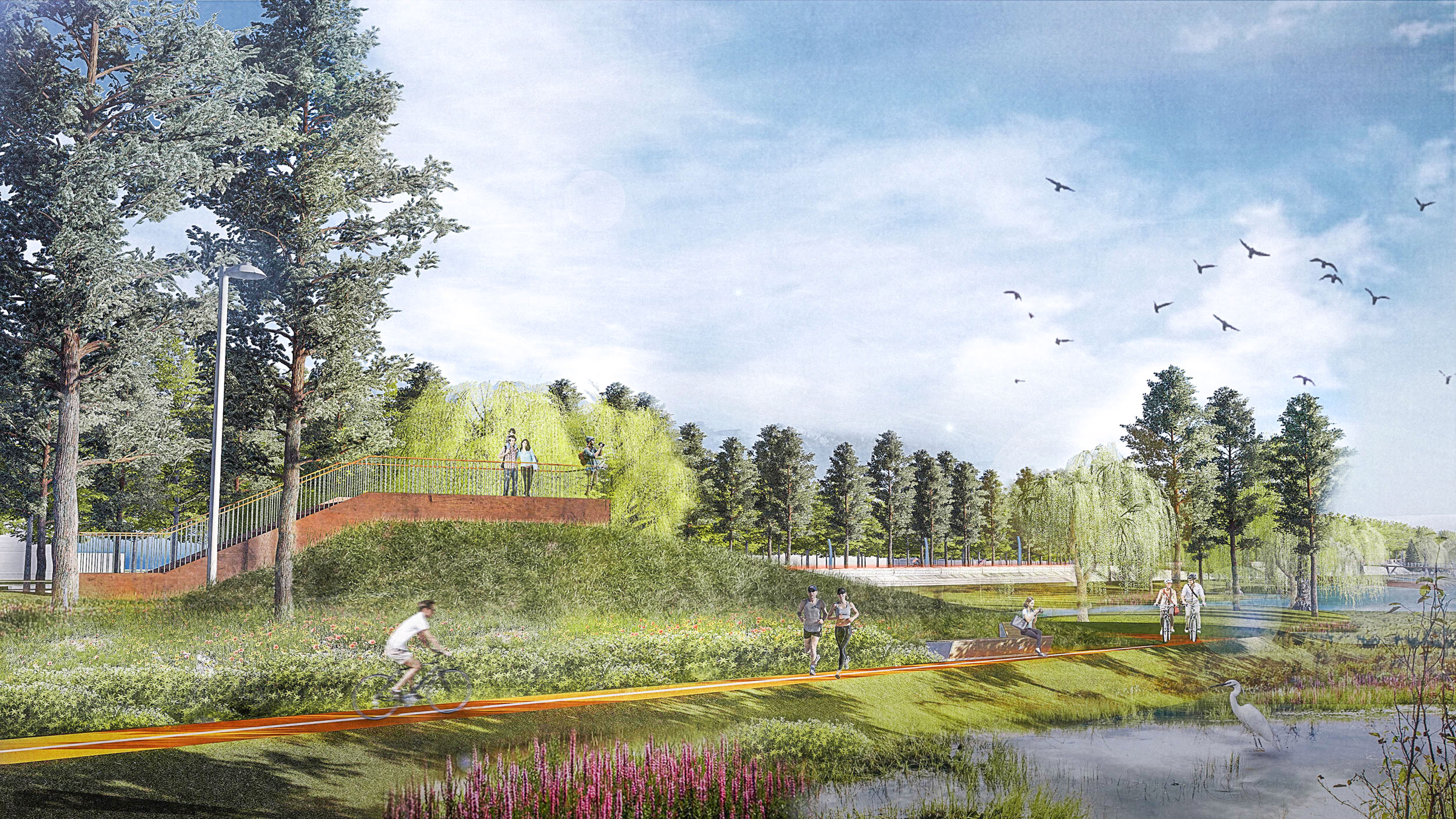Cyclist Safety During Covid-19
September 22nd, 2021

Recent statistical analysis of a Washington DC suburb — Arlington, Virginia — shows that it became safer for cyclists during the pandemic. Arlington has a robust network of off-road trails, where cyclists only come across cars at intersections. Many of these protected cycle lanes are adjacent to major roads, supporting bicycle commuters.
During the pandemic, this suburb's cycling habits have changed drastically. With wealthy residents primarily working from home, on-road cycling has plummeted, especially during the morning commute hours that are most dangerous for cyclists. Peak cycling traffic has shifted to the afternoon and evening and onto the city's off-road trails. These trails are more scenic than on-road lanes, traveling alongside waterways and connecting parks to neighborhoods.
Although Arlington is an outlier in its wealth and trail typology, this analysis shows how much safer cycling is when bike lanes are separated from vehicles. Additionally, the increase in pedestrians and cyclists has ensured the completion of several planned projects to meet the demand for more trails.
[ Source cited: https://www.iihs.org/news/detail/shift-to-off-road-trails-made-bicycling-safer-during-covid-19-pandemic ]


[ Hangzhou Bay New Town - district's connected bike lanes ]


[ Kunshan West bike network ]

[ Oakland Slow Streets program ]
In places with less public space alongside roadways — like Oakland, California — the Slow Streets pilot project has implemented road closures on residential streets to allow more space for walking and biking.
Oakland is a diverse city with a wide range of incomes and demographics. In wealthier and whiter neighborhoods where residents are telecommuting, the Slow Streets have been supported and welcomed. However in areas where residents are still going to work in person, the road closures have not increased traffic safety. The City is evaluating how to meet the needs of residents at a neighborhood level.
[ Source cited: https://www.oaklandca.gov/documents/oakland-slow-streets-interim-findings-report-september-2020-1 ]


[ PLAT Studio's designs incorporate bike infrastructure to support active transportation ]
PLAT Studio designs and builds protected bike lanes and infrastructure that support cycling. Bicycle infrastructure can not only reduce vehicle miles traveled (reducing greenhouse gases), but also support community health, connection and activity.
